Main image: Ron Lach, Pexels
Have you ever opened your fridge to find a sad, wilted lettuce glaring at you from the drawer? Or did those forgotten leftovers turn into a science experiment? You’re not alone. In a world where good food ends up in the bin far too often, becoming more sustainable at home can be challenging, especially with our busy lives.
Reducing food waste isn’t about guilt-tripping yourself every time a banana goes brown. It’s about small, clever habits and zero-waste cooking ideas that add up to a healthier planet, and a happier wallet. It’s about changing how we interact with ingredients, discovering creative uses for scraps, and making our kitchens more eco-friendly.
Each year, over 2.5 billion tons of food are wasted globally, of which 17% is attributed to retail, household, and food services. In South Africa, around 10 million tons of food are never consumed. The good news? Most of this can be avoided by making small, intentional changes at home.
Here are nine easy, sustainable tips to help you reduce food waste and build a more eco-conscious kitchen, working towards a zero-waste kitchen and home.
1. Using the whole ingredient prevents waste
It is easy to overlook the edible potential of so-called food scraps. Some people use celery sticks but discard the leaves. Don’t toss those carrot tops, broccoli stems, or citrus peels. With some creativity, these can become delicious additions to your meals. Try making carrot top pesto, add broccoli stems to stir-fry, you can candy citrus peel, or pickle lemon rinds in salt water for a touch of zing to certain dishes! When roasting meat, what happens to the bones? Do you throw them away or keep them to create a stock for other exciting dishes?
Pro Tip: Store your veggie scraps and bones in a bag in the freezer until you have enough to create the perfect stock. This is much more sustainable than throwing them in the dustbin.
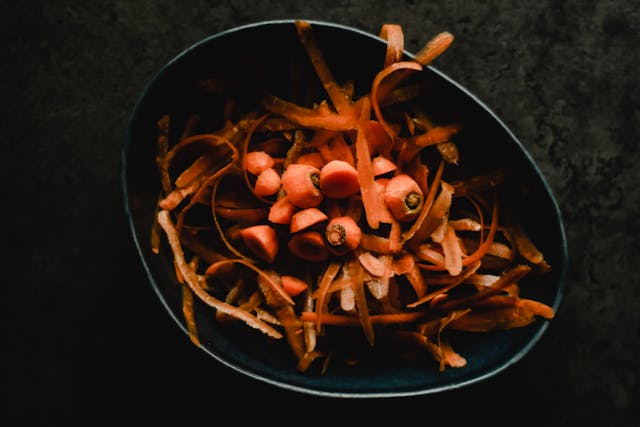
2. Is it really bad?
But before discarding an item and creating more waste, take a moment to assess its true condition. Is it truly unusable and rotten, or can you save parts of it, like cutting off the bruised section and using the rest? If your mushrooms start turning, take them out of the fridge and leave them open to dry. Sometimes, a little creativity and care can give new life to things we’re too quick to throw away, reducing waste and making the most of what we have.
Pro Tip: Bruised veggies are perfect for soups and stocks and does not have to go to waste. Soft fruit can be cut up and frozen for smoothies or jams.
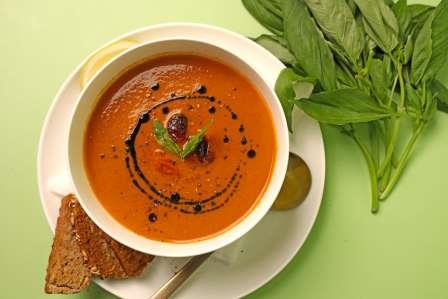
3. Checking your fridge weekly reduces food waste
Before you rush to buy new groceries, check what is already in your fridge. What is about to expire? What can you cook in the next day or two? Planning meals around what you already have is one of the easiest food waste reduction tips. It can save you money while preventing spoilage. This also prevents certain items from staying in the freezer for years before you finally discard them. This exercise might also lead to new, exciting dishes and renewed creativity, as you create something with what is available.
Pro Tip: Insert your ingredients and ask Google for creative recipe ideas, or ways to use them. This is a great way to be more sustainable by wasting less.
4. Be more sustainable by growing your own
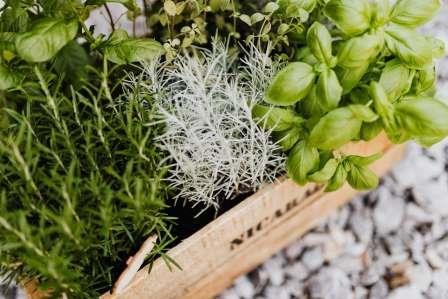
Remember the mushy lettuce in the crisp drawer? Or the herb selection that became unrecognisable? What if you grew them in your garden or a sunny spot in the kitchen window instead? You do not need a lot of space to do that. Start small with a few items. Nothing is more satisfying than harvesting what you need from your own space and getting creative with it.
Pro Tip: Freeze fresh herbs in olive oil in an ice cube tray to use in future meals!
5. Bulk cook more than one meal
If you are the type of person who reaches for Mr Delivery after a long day, letting the food go off in the fridge, consider meal prep. Bulk cooking not only saves time but also helps reduce impulse takeaway purchases, as long as you are going to consume them. Prepare bigger portions of grains, beans, or roasted vegetables and store them in reusable containers. Make a big lasagna and freeze the excess for easy meals. Mix and match throughout the week to reduce waste and streamline your meals.
Pro Tip: If bulk cooking isn’t your idea of fun, learn some quick, enjoyable meals you can whip up very quickly with the ingredients you have.
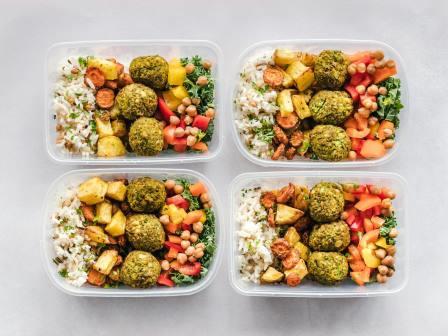
6. Turn leftovers into new meals reduces food waste
Leftovers don’t have to be boring. Roast chicken can become tacos, sandwich fillings, salad, or pasta. Yesterday’s veggies can be blended into soup. Stale bread? Croutons or French toast. Overripe bananas? Perfect for banana bread or smoothies. If you don’t want to bake the banana bread today, freeze the bananas and do it tomorrow or next week. The options are endless once you stop seeing leftovers as second-rate food.
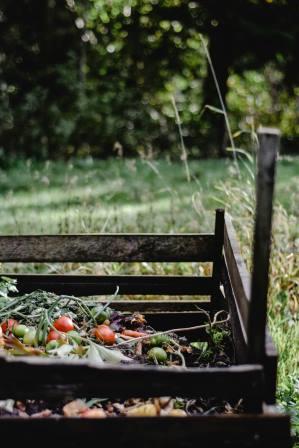
7. Start a home composting system
If you don’t want to store your carrot peels or make stock from them to achieve zero waste, there are still solutions to prevent them from going to waste or ending up in the landfill. Compost your kitchen scraps to create nutrient-rich soil for your garden or houseplants. Whether it is a backyard pile or a compact indoor composter, it’s a simple way to give back to the earth and move towards a zero-waste lifestyle.
8. Buying in bulk creates less waste
This might seem counterintuitive, but buying items in bulk has another advantage and can reduce waste. It means less packaging, especially for items that store or freeze well. Over the long term, being less wasteful and striving for a zero-waste home pertains to more than just food items. Cutting down plastic and polystyrene packaging certainly helps.
9. Educate and involve the household
If you live with family or roommates, get everyone involved. Assign fun roles like “Leftover Chef” or “Compost Captain” to make it more fun. The more hands on deck, the easier (and more fun) it becomes to stick with zero-waste habits and reducing your food waste.
Zero-waste cooking isn’t about being perfect, it’s about being mindful and making small changes in your daily life. With a few small changes and a bit of creativity, your kitchen can become a place where food is honoured, not wasted. One ingredient, one meal, and one day at a time.
Love stories like this one?
See more of our content under our latest posts. You can also join others like you by subscribing to our newsletter.
Let’s stay wild together!
Join the Never-ending Nature social tribe Facebook, Instagram and X for daily doses of wilderness, wonder, and wildlife oddities.
Did you enjoy our article about reducing food waste and creating a zero-waste kitchen? Share it on social media, or leave a comment below.
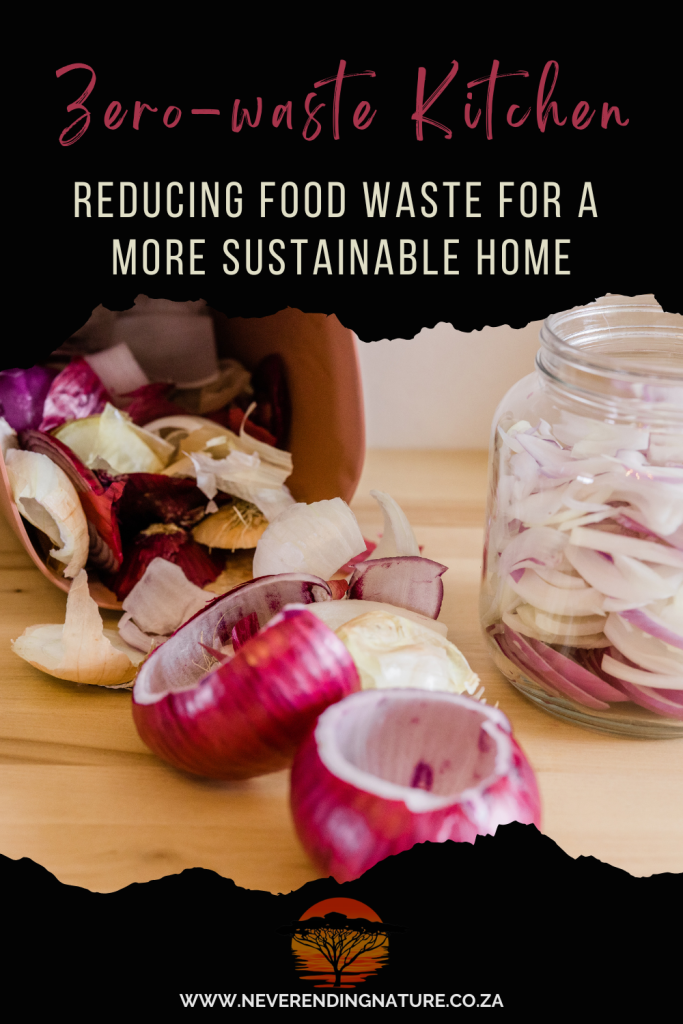
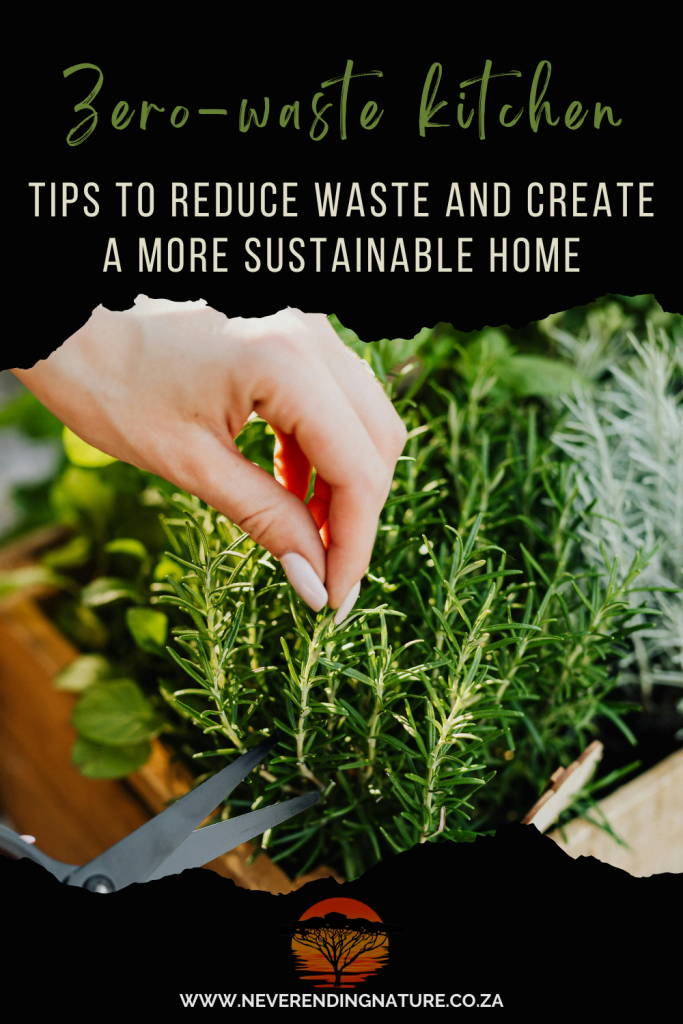
Copyright 2025 Never-ending Nature. All rights reserved. You may not republish or rewrite this article without permission.




